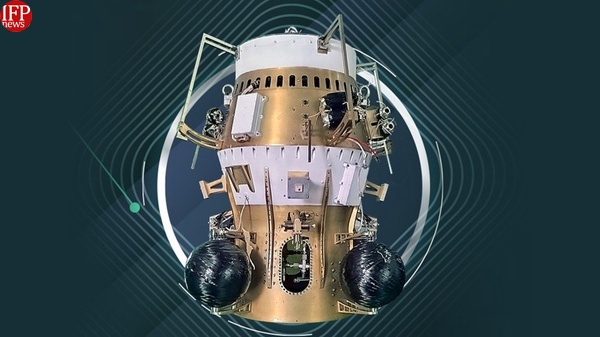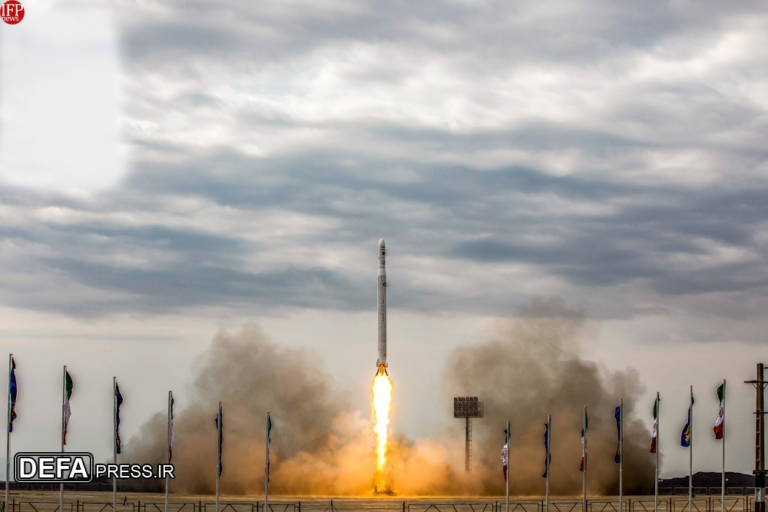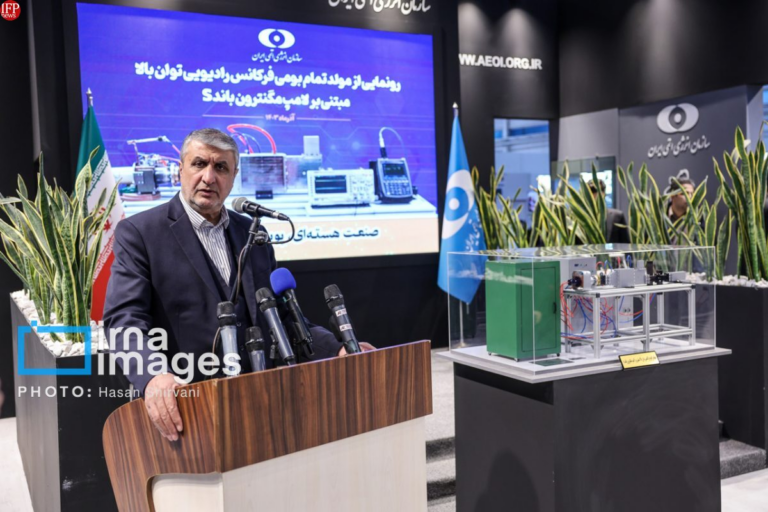
Similar Posts

Breakthrough in Parkinson’s Diagnosis: Iranian Researcher Unveils Rapid Testing Method
Iranian scientist Fatemeh Zahra Seyedi has developed an innovative non-invasive sensor for early detection of Parkinson’s disease using gold nanoparticles. This groundbreaking technique causes the nanoparticles to change color—turning purple in the presence of specific biomarkers in the saliva of diagnosed individuals, while remaining unchanged in healthy people. This method promises to be cost-effective, quick, and much less invasive than traditional diagnostics, which often rely on subjective assessments. Seyedi emphasizes the importance of early diagnosis for better patient outcomes and is seeking partnerships for further validation, potentially transforming how Parkinson’s disease is diagnosed and managed globally.

ISRO Reports Loss of India’s EOS-09 Satellite Due to Third Stage Launch Anomaly
India’s launch of the EOS-09 Earth observation satellite faced a setback when the Indian Space Research Organization (ISRO) reported a critical anomaly during the third stage of the PSLV-C61 rocket, which launched from the Satish Dhawan Space Centre. The mission failed after performing normally through the second stage. The EOS-09, weighing 3,735 pounds and equipped with synthetic aperture radar technology for all-weather imaging, was crucial for monitoring India’s borders amid ongoing tensions with China and Pakistan. This marks only the third failure in the PSLV’s 32-year history, underscoring the challenges of satellite launches and ISRO’s commitment to advancing its capabilities.

Iran Achieves Milestone: Successful Launch of Saman-1 Satellite into Orbit!
Iran has successfully launched the Saman-1 orbital transfer unit using the Simorgh satellite carrier, marking a significant milestone in its space program. The launch, conducted at the Imam Khomeini Space Launch Center, also included a CubeSat and a research payload, showcasing Iran’s growing satellite deployment capabilities. The Simorgh rocket, a two-stage liquid-fueled vehicle developed by the Ministry of Defense, achieved an elliptical orbit with an apogee of 410 kilometers and a perigee of 300 kilometers. This mission, the eighth for Simorgh, reinforces Iran’s technological advancements and resilience against international sanctions, potentially paving the way for future scientific research and international collaboration.

Iran Set to Launch 20 Cutting-Edge Satellites: Official Announcement Reveals Ambitious Space Program
Tehran is advancing its space strategy by developing around 20 new satellites through public-private partnerships, as highlighted by Iranian Space Agency head Hassan Salarieh at the 2025 INOTEX Exhibition. This includes the “Shahid Soleimani” satellite constellation, emphasizing the private sector’s growing role in Iran’s space industry. Salarieh introduced a guaranteed purchase program for satellite imagery to boost the space-based economy. The INOTEX exhibition, featuring over 500 startups and innovations, showcases satellite technologies and artificial intelligence applications. This collaboration between state and private firms is crucial for enhancing Iran’s standing in the global space sector, indicating a promising future for the country’s space initiatives.

Iran’s Nuclear Chief Reveals Domestic Breakthrough: Producing Dozens of Radiopharmaceuticals!
The Iranian Atomic Energy Organization, led by Mohammad Eslami, announced the production of 69 domestically made radiopharmaceuticals for cancer treatment during the Technology Market Exhibition in Tehran. This includes a new high-power radio frequency generator developed by the Iranian Research Institute for Nuclear Sciences and Technologies, essential for electron accelerators. Eslami emphasized the importance of collaboration among research institutes, universities, and knowledge-based companies in advancing nuclear medicine. Additionally, 20 more radiopharmaceuticals are under development. These initiatives reflect Iran’s commitment to improving healthcare and achieving self-sufficiency in medical technology, aiming for better cancer treatment and diagnostics.
